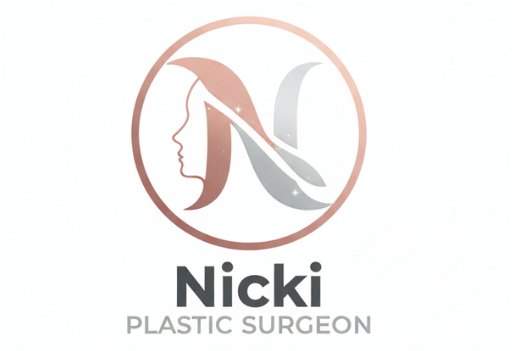
Lipoma Removal in London
At her London practice, Dr Nicki Bystrzonowski performs precise lipoma removal using refined surgical techniques that ensure complete removal and smooth, natural healing. As a plastic surgeon, she combines medical accuracy with aesthetic expertise, ensuring both the health and appearance of the skin are preserved.
Lipoma removal is a simple, outpatient procedure carried out under local anaesthetic. It provides a permanent solution, with low recurrence risk and minimal downtime.
What Is Lipoma Removal?
A lipoma is a benign fatty lump that can appear anywhere on the body, most commonly on the shoulders, arms, back, neck, or thighs. Although lipomas are not dangerous, they may become larger over time or cause discomfort, particularly if located near a joint or under tight clothing.
Lipoma removal involves making a small incision over the lump and carefully excising the fatty tissue from its capsule. The tissue can be sent for histopathology analysis to confirm its benign nature and provide medical reassurance.
The procedure is quick, safe, and highly effective. With careful closure and wound management, most patients heal with minimal scarring and no recurrence.
Key Information
| Detail | Summary |
|---|---|
| Procedure Time | 30–60 minutes (depending on size and location) |
| Anaesthetic | Local anaesthetic |
| Hospital Stay | Day case (outpatient) |
| Recovery Time | 3–5 days for minor cases; longer for larger lipomas |
| Scarring | Minimal; incision placed along natural skin lines |
| Results Visible | Immediate removal; swelling resolves over 1–2 weeks |
| Longevity | Permanent if completely removed |
| Follow-Up | Optional wound check or pathology review |
How Lipoma Removal Works
Consultation and Assessment
Every procedure begins with a consultation with Dr Nicki Bystrzonowski, who examines the lump and confirms that it is a lipoma through physical examination. In some cases, ultrasound imaging may be recommended to assess its size, depth, and position.
Anaesthetic and Preparation
A small amount of local anaesthetic is injected to numb the area completely. The procedure is performed in a sterile outpatient setting and typically takes less than an hour.
The Procedure
A short incision is made over the lump. The lipoma is gently separated from the surrounding tissue and removed in one piece to reduce the risk of recurrence. If the lipoma is large or positioned deeper under the muscle, a slightly longer incision may be required.
Closure and Healing
Once the lipoma is removed, the skin is closed with fine sutures to ensure smooth healing. The site is then dressed with a sterile bandage. Dr Nicki provides aftercare instructions to promote healthy recovery and reduce the chance of scarring.
Long-Term Results
Once healed, the skin appears flat and even, with little to no trace of the incision. The results are permanent, as the lipoma does not grow back when fully excised.
